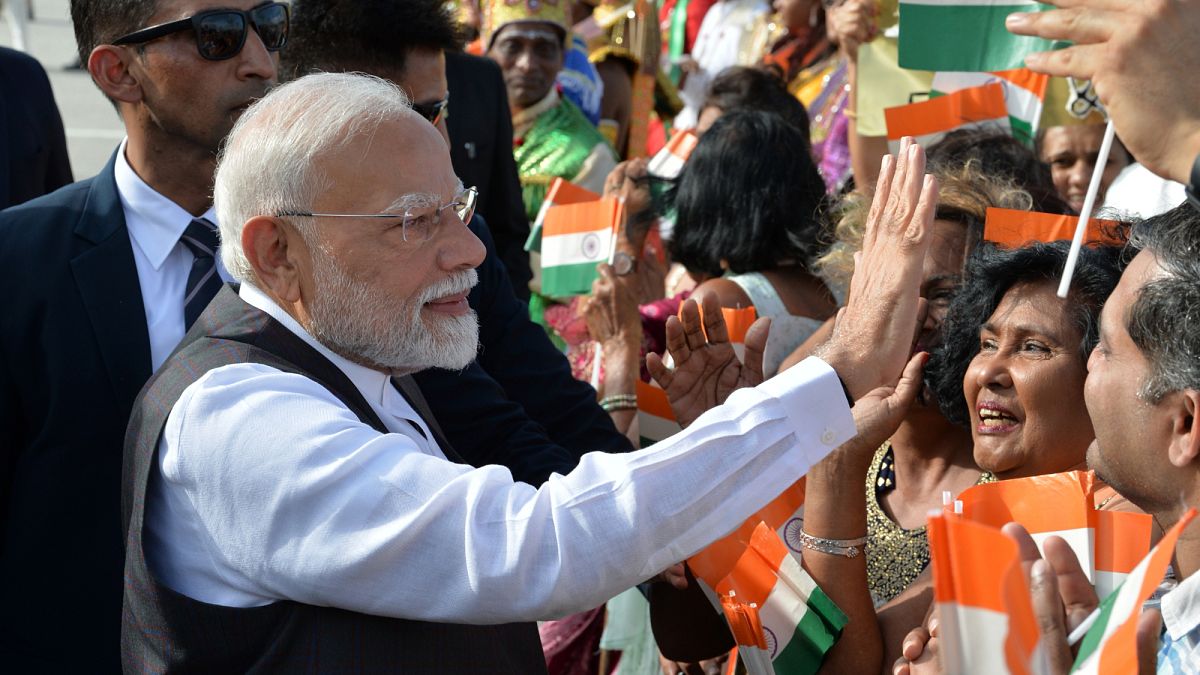

As we step into a world where diplomatic ties and conflict resolutions continually reshape, recent developments highlight the fluctuating landscape of international relations and peace efforts across the globe. From engaged dialogues aiming at conflict resolution to the realignment of alliances, each event echoes a vision where cooperation and understanding take prominence.
In a promising demonstration of sincere diplomacy, Indian Prime Minister Narendra Modi’s visit to Trinidad and Tobago has opened a new chapter in bilateral relations between the two countries. Modi’s historic two-day visit, the first by a sitting Indian prime minister, has been marked by the deepening of diplomatic and cultural ties, amidst both admiration and critique. His engagement with Trinidad and Tobago, home to a substantial Indo-Trinidadian community, signals the strengthening of bonds based on shared heritage and global partnership potential. While the Indo-Trinidadian Hindu population warmly embraced Modi’s visit, the recognition drawn by the visit was not without its reservations. Some voices within the Trinidadian Muslim community expressed concern over Modi’s domestic human rights record, underscoring the complexities intrinsic to diplomatic celebrations.
In parallel, the conflict-ridden region of Gaza stands at the precipice of hopeful change. Reports of Hamas nearing an acceptance of a ceasefire proposal signal a ray of light amidst a long-standing conflict. The proposed agreement, already accepted by Israel, is seen as a potential turning point after 21 months of intense turmoil. Discussions are ongoing within Palestinian factions, seeking assurances that any cessation of hostilities will pave the way for a durable peace. This development is further encouraged by international diplomatic engagements, including anticipated discussions between Israeli Prime Minister Netanyahu and former U.S. President Trump, who both express cautious optimism for a peaceful resolution.
Meanwhile, the intricate chessboard of global alliances witnesses a significant shift as Russia forges new associations, recognizing the Taliban as the legitimate governing body of Afghanistan. This move, praised by the Afghan government as a ‘brave decision,’ marks Russia as the first nation to make such recognition official. This strategic alignment signals a notable deviation from Russia’s historical alliances, pivoting attention to new partnerships amidst changing geopolitical interests. Moscow’s recalibration of alliances showcases the delicate balance nations must maintain as global dynamics evolve.
Further, in a notable step towards regional defense cooperation, a productive dialogue transpired between Ukrainian President Zelenskyy and former U.S. President Trump. Their discussion, focusing on joint defense efforts, underscores the commitment of Ukraine and the United States to bolster security amidst regional challenges. This conversation followed a candid exchange between Trump and Russian President Putin on various pressing global issues, reflecting a broader canvas of diplomatic engagement and negotiation.
These narratives collectively illustrate the intricate tapestry of global diplomacy and peace processes, each thread contributing to a broader picture of international collaboration and the pursuit of harmony. As the world watches these stories unfold, a mindful focus on peace and partnership continues to guide the steps towards a more interconnected and peaceful global community.
Source: {link}
